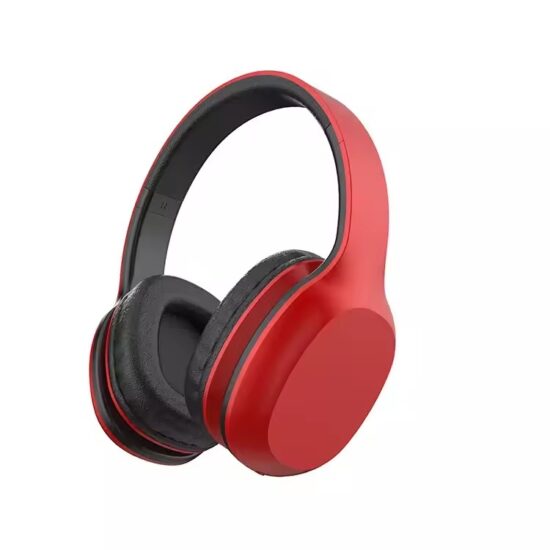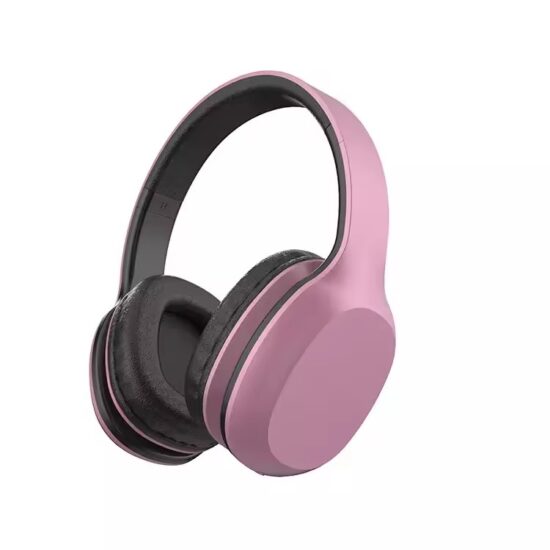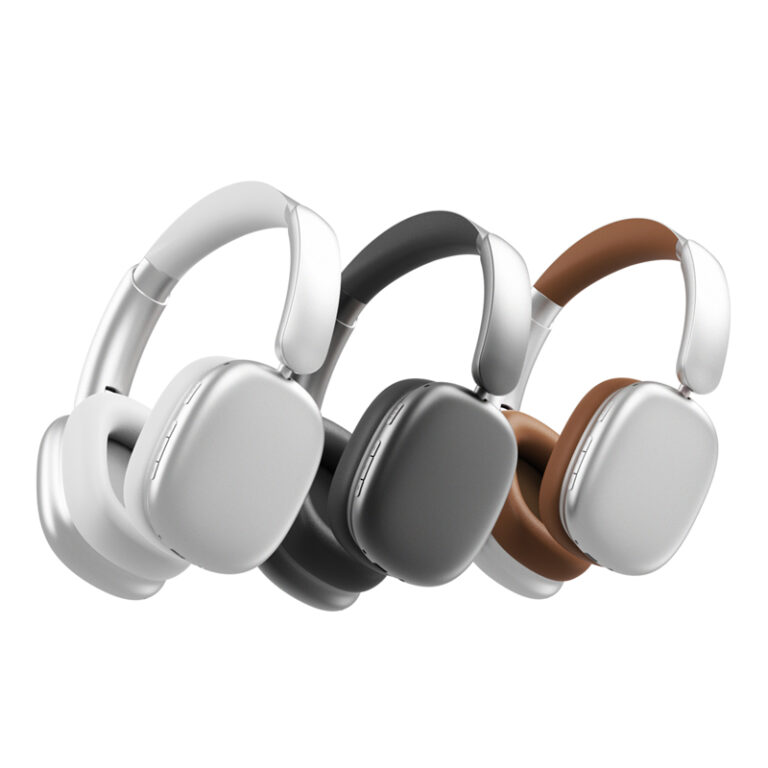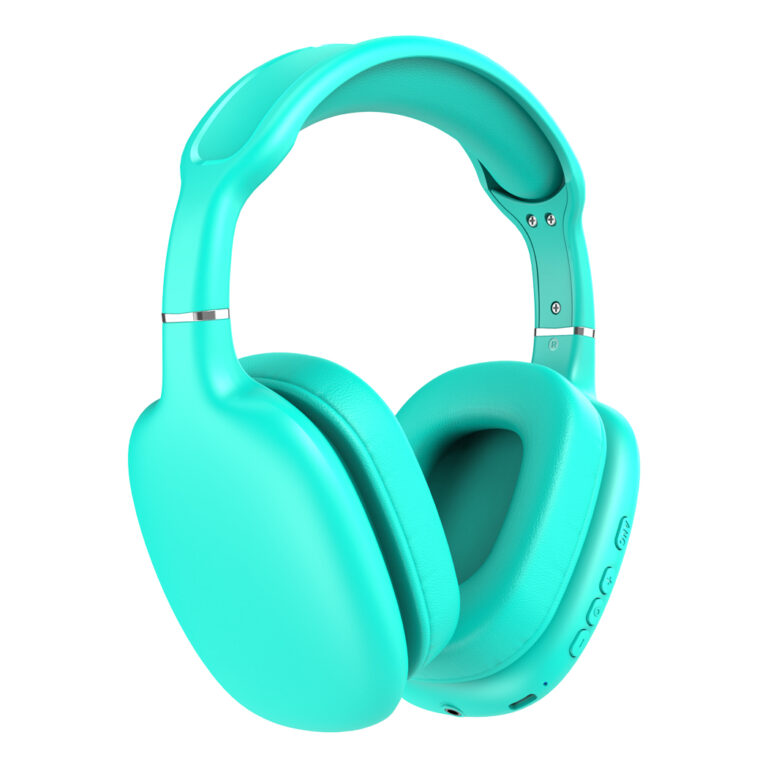jay@nbdho.com
How to Evaluate Headphone Sound Quality: Professional Standards Explained
Evaluating headphone sound quality involves a combination of objective measurements and subjective listening tests. For manufacturers, audio engineers, and serious audiophiles, understanding professional standards is crucial to developing, selecting, or recommending headphones that deliver the best listening experience. This guide explains the key factors and industry benchmarks used to assess headphone sound quality.
-
Frequency Response
Frequency response refers to the range of sound frequencies a headphone can reproduce, typically measured in Hertz (Hz). Human hearing generally spans from 20 Hz to 20,000 Hz, and an ideal headphone should cover this range accurately.
A flat frequency response is often desired in professional headphones, meaning all frequencies are reproduced at similar levels without emphasizing bass or treble. However, consumer headphones may have a tailored response curve to enhance bass or highs for a more engaging sound. Testing frequency response involves specialized equipment that sends test tones across the audible spectrum and records headphone output.
-
Total Harmonic Distortion (THD)
THD measures how much the original audio signal is altered or distorted by the headphones. Lower distortion means cleaner and more accurate sound reproduction. Professional headphones typically have THD values below 1%, ensuring minimal coloration of the music.
Distortion is often more noticeable at high volumes or certain frequencies. Manufacturers use THD as a key specification to maintain transparency and fidelity.
-
Soundstage and Imaging
Soundstage describes the perceived spatial dimensions of audio playback — how “wide” or “open” the sound feels. Imaging refers to the ability to precisely locate instruments and vocals within that space.
High-quality headphones create a convincing three-dimensional soundstage, allowing listeners to sense the position and distance of sounds. Evaluating these qualities involves listening tests with carefully mixed audio tracks and subjective feedback, though some objective metrics and binaural recordings can help.
-
Impedance and Sensitivity
Impedance, measured in ohms, affects how headphones interact with amplifiers or audio sources. High-impedance headphones require more power but often deliver more refined sound. Sensitivity indicates how loud headphones will be at a given power level. Proper matching of impedance and sensitivity with the audio source is important for optimal sound quality. -
Transient Response and Detail Retrieval
Transient response measures how quickly headphones can react to sudden changes in sound, such as drum hits or plucked strings. Fast transient response leads to clearer, more dynamic playback.
Detail retrieval refers to the headphone’s ability to reveal subtle audio nuances, like background instruments or room acoustics. Both qualities are tested through a mix of measurements and critical listening.
-
Subjective Listening Tests
While objective measurements are important, subjective listening remains vital. Professional evaluators listen to a wide variety of genres and recordings in controlled environments, assessing tonal balance, comfort, fatigue, and overall musicality.
Standardized test tracks, blind tests, and group reviews help reduce bias and ensure reliable results.





